Much has been written and reported about the dangers associated with distracted driving. Studies have shown that driving while talking on your cell phone, texting, sending emails or adjusting your MP3 player, among other new-age distractions, can be as deadly as driving while under the influence of alcohol or drugs. But while the focus of most information about this dangerous habit has been largely on those behind the wheel of a car, many may not know that a distracted pedestrian can also cause a tragic car crash.
Research has discovered that many people are unaware of their surroundings while simultaneously walking and using their phone or listening to music. Experiments undertaken by Western Washington University studied groups of pedestrians, and grouped them according to whether they were alone or with other people, were on their cell phone, sending a text message, listening to music through their earphones or simply walking without any electronic devices. The research project found that people who were using cell phones were more likely to walk at a slower pace, change directions more frequently and were less likely to acknowledge others than did those walking while not on their phones. To further test the attentiveness of pedestrians, the researchers added a distracting visual element to the mix – a clown on a unicycle – in order to gauge how many walkers recollected noticing it. Not surprisingly, they found that cell phone users were less likely to have noticed the somewhat unusual activity.
The term for this phenomenon is inattentional blindness, also known as perceptual blindness. While the Western Washington University study was one of the most recent, it was not the first – others have been done by Harvard University, in conjunction with researchers at the University of Illinois – Champagne Urbana. The phrase was first coined in 1992 by Arien Mack, a psychologist at the New School for Social Research, and Irvin Rock of the Department of Psychology at the University of California, Berkeley. The studies typically ask a group of subjects to watch a video or look at a computer screen showing an activity they are asked to follow closely, and afterwards report on what they have seen. In some versions, an intentionally distracting element is added, such as a person in a gorilla suit. Researchers have found that up to 50% of subjects are so focused on watching for what they are told to look for, that they report no recollection of seeing the gorilla suit.
 Florida Injury Lawyer Blog
Florida Injury Lawyer Blog


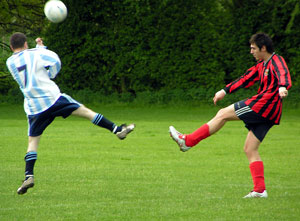 The popularity of organized sports involving young children and teens creates a real danger of sustaining a serious injury for athletes in Florida and throughout the country. From the peewee and Pop Warner leagues up through high school and on college campuses, millions of young sports enthusiasts are injured each year, and they may not even occur during an actual game – more than half of them happen at practice and in training.
The popularity of organized sports involving young children and teens creates a real danger of sustaining a serious injury for athletes in Florida and throughout the country. From the peewee and Pop Warner leagues up through high school and on college campuses, millions of young sports enthusiasts are injured each year, and they may not even occur during an actual game – more than half of them happen at practice and in training.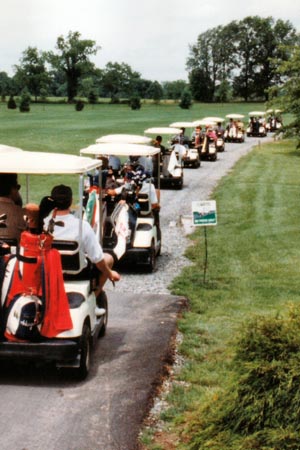 Everyone knows that if a heart attack or other life-threatening medical emergency strikes, the difference between life and death can be mere moments. In most cases, emergency first responders can access the scene quickly and easily, thanks to advances in technology, global positioning system (GPS) units and advanced training. But, what if you encounter a traumatic injury or serious health condition, and the paramedics can’t find you?
Everyone knows that if a heart attack or other life-threatening medical emergency strikes, the difference between life and death can be mere moments. In most cases, emergency first responders can access the scene quickly and easily, thanks to advances in technology, global positioning system (GPS) units and advanced training. But, what if you encounter a traumatic injury or serious health condition, and the paramedics can’t find you?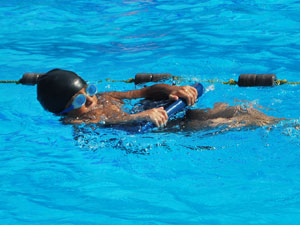 A federal law designed to keep swimmers safe may be causing confusion among the thousands of owners and operators of public swimming pools at hotels, condominiums and community associations in Southwest Florida.
A federal law designed to keep swimmers safe may be causing confusion among the thousands of owners and operators of public swimming pools at hotels, condominiums and community associations in Southwest Florida.
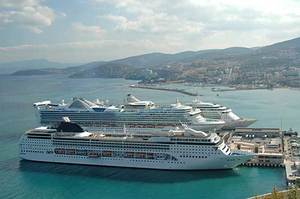 Since the beginning of 2009 twelve passengers or crewmen have gone overboard from cruise ships or ferries. Two of those instances happened during June in the Gulf of Mexico. This prompted investigatory reporter, Ben Montgomery of the
Since the beginning of 2009 twelve passengers or crewmen have gone overboard from cruise ships or ferries. Two of those instances happened during June in the Gulf of Mexico. This prompted investigatory reporter, Ben Montgomery of the  School is out, and the beach and other recreational activities are beckoning Florida’s teenaged drivers.
School is out, and the beach and other recreational activities are beckoning Florida’s teenaged drivers. 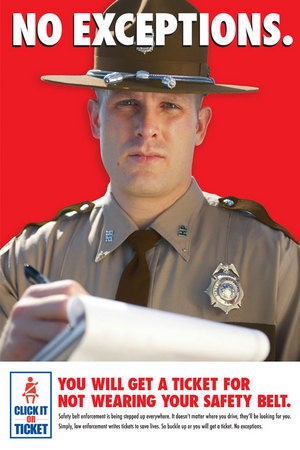 Drivers in Florida are now subject to a citation for not being buckled in by their seat belts – and law enforcement officers can now pull a driver over for that specific reason alone. The fine is higher if a minor under the age of 18 is not correctly restrained within the vehicle. Additional county fines and penalties are also applicable.
Drivers in Florida are now subject to a citation for not being buckled in by their seat belts – and law enforcement officers can now pull a driver over for that specific reason alone. The fine is higher if a minor under the age of 18 is not correctly restrained within the vehicle. Additional county fines and penalties are also applicable. As millions of Americans prepare to enjoy a fun family holiday celebrating our nation’s birth,
As millions of Americans prepare to enjoy a fun family holiday celebrating our nation’s birth, 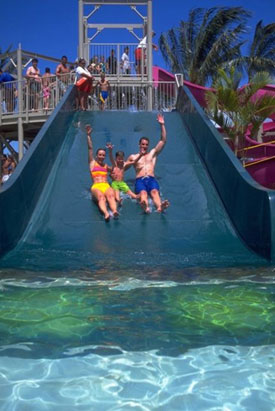 With the dog days of Florida’s sizzling summer and the family travel season in full swing,
With the dog days of Florida’s sizzling summer and the family travel season in full swing, 


